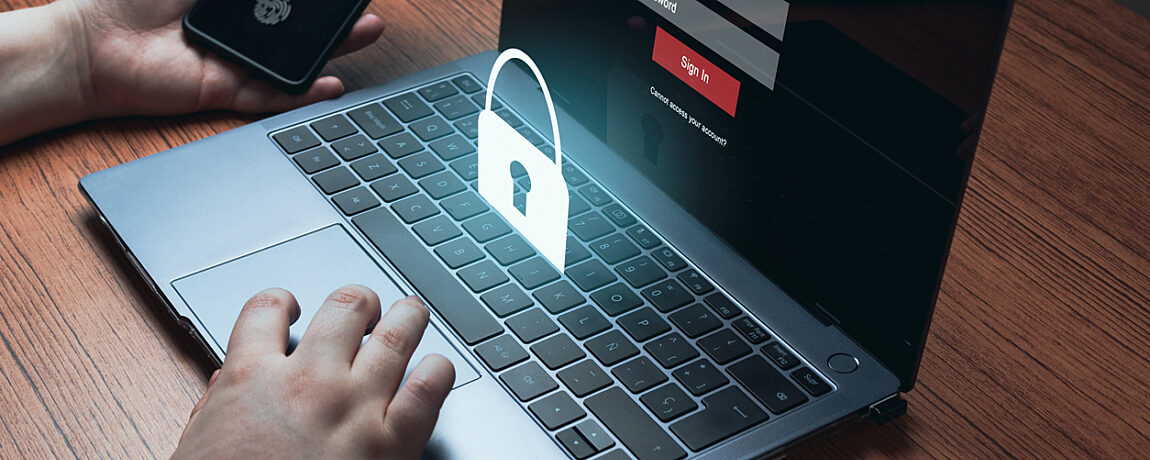In discussions about Multi-Factor Authentication (MFA) and Two-Factor Authentication (2FA), numerous questions often arise. People typically seek clarity on examples of 2FA and MFA, and conversations frequently extend to comparing MFA with Single Sign-On (SSO) solutions. For those unfamiliar with these topics, navigating through the intricate details can be challenging. This guide is designed to assist in understanding and differentiating between these cybersecurity approaches.
Let’s take a closer look at some of the most frequently asked questions:
What Is MFA?
MFA (multi-factor authentication) is an authentication method wherein the user will only receive access to an app or website as long as they have successfully presented two or more pieces of evidence that provide proof of their identity. There are different examples of multifactor authentication methods.
What Is 2FA?
2FA (2-factor authentication) is an authentication method that requires the person to provide two forms of identification in order to access data and resources. It is an identity and access management security method that helps businesses monitor their networks and safeguard their resources and data.
What’s the MFA/2FA Difference?
The MFA/2FA difference may seem trivial but it is still worth noting. 2FA requires two forms of identification to be provided. MFA requires at least two forms of identification but in some cases, they expect to present even more. All 2FA authentication is MFA but all MFA authentication is not 2FA.
What Is the Most Common 2FA?
In most instances, the most common 2FA method is centered around one-time usage codes. These codes are sent directly to the user’s mobile phone. The user will receive a text message that is sent to the number that they provided when they registered for the app or site in question.
What Is the Most Common MFA?
The most common MFA method will be focused on a password that is provided for one-time use. These are OTPs (one-time passwords) and they are 4 to 8-digit codes. The user will receive them through the e-mail or phone number that they provided when they made their account. Once the “What is MFA authentication?” question has been answered, this is a typical follow-up.
What Is the Best 2FA App?
It all began in the Google Authenticator app and people still use it on a regular basis today. There are some who may choose Authy, though. The decision on the best authenticator app will often come down to personal preference, as Authy offers encrypted backups, which are a major plus.
What Is the Best MFA App?
The choices here are easy enough to understand. For starters, the AWS MFA authenticator app offers a simple setup and is best for those who are looking to use Amazon Web Services. Having a safe authenticator app is of the utmost importance and those who are looking for another viable option can rely on the Microsoft authenticator app. Microsoft and Amazon are both able to offer protection across all of your online accounts.
What Is the Difference Between Authentication and SSO?
Authentication is what takes place when an entity starts the process of proving its identity to the system in question. As for Single Sign On (SSO), this is an authentication mechanism characteristic that directly relates to the user’s identity and offers access to a number of different service providers. In simple words: SSO allows you to log in to third-party services using the credentials of another service, usually Google, Facebook, or Microsoft.
What Is Triple Authentication?
The user provides three different credentials that confirm their identity. For example, it will ask the user for their password, a USB key, and then another form of biometrics, such as a fingerprint.
What Are the Types of Authentication Methods?
In addition to MFA and 2FA authentication, certificate-based authentication could be required. Token and biometric authentication are also common app authentication methods.
What Is MFA in Cybersecurity?
MFA serves as a protective layer for the individuals and companies that utilize various systems. This is how online accounts and the data that they contain remain safe. In addition to the password that they have chosen, it will ask the user an email code or ask a secret question. If it requires biometric authentication, it will ask for fingerprints or another form of unique identification that is specific to them.
What Are Some Examples of 2FA in Cybersecurity?
In addition to the aforementioned examples, code generators are crucial. It generates codes every 30 seconds and is only for one-time use, so they are almost impossible to guess. Push notifications can be sent to the user’s phone as well, which is even more secure. Physical tokens used to be utilized more readily but these are easier to lose or have stolen, making them a lesser option.


